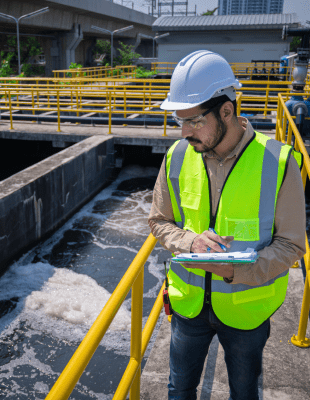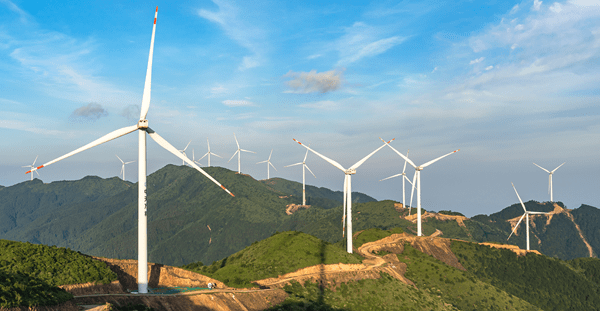With one-third of the water sector’s current workforce becoming eligible for retirement in the next 10 years, it’s common knowledge that our workforce is aging—but that’s just the beginning. Our workforce is not just aging, it’s changing. It’s changing because our industry is changing. The communities we serve are becoming more diverse, we’re becoming more technologically advanced, and at the same time, we’re competing with other industries for top talent, while struggling with retention. The workforce is changing along with the industry—it’s more important now than ever that the water industry changes with the workforce, too.
As our industry continues to pivot and stretch, our strategies need to be reviewed and, when necessary, updated, as we work to strengthen our workforce resiliency and build fit-for-future organizations. Water utilities have the unique opportunity to serve as change agents and catalysts for establishing continued resiliency in our sector. The decisions that are made at the utility level are felt throughout the entire water industry. Daunting statistics project that employment of water and wastewater treatment plant and system operators will decline 7% from 2021 to 2031. Despite this decline, however, there will still be 10,800 openings for these occupations each year, on average, now through 2031. This is primarily due to the need to replace workers who transfer jobs or exit the labor force, such as to retire. This anticipated shift in our workforce presents an opportunity for the water industry to shift, too—to redefine our value proposition, acknowledge and support all the generations that make up our workforce, and use technology in new ways that work for us.
In the water sector, we often talk about the value of water, but that perspective represents the rate payer or customer, not the workforce. It doesn’t represent the passions or ideals that might inspire someone to work in water. We need to identify the different value propositions that inspire people to work in water, and better connect the dots between the employer or water sector brand and the impact a person wants to have in this space. Right now, we don’t do that well in water.
Another area I see as an opportunity for change is to capitalize on the fact that our workforce is multigenerational, and we need to support our people at all levels of their career. With much of our workforce preparing to retire in the next few years (in addition to those who’ve retired already), it’s easy for utilities to spend their time focused on recruiting and onboarding new talent. But when we get so caught up with the onramp, we forget about the offramp—in other words, what does the road to retirement look like? While succession or institutional knowledge transfer plans are an imperative part of the process, they are not the only consideration. It’s also important to help retirees navigate the process clearly. Oftentimes we talk a lot about professional development or tuition reimbursement opportunities that are important to younger staff, for example, but we also need to talk about things like enrolling in Medicare or long-term care insurance, and make sure older staff still feel supported and that they belong as they transition out of their roles.
Lastly, we have an opportunity to leverage technology in a way that works for our organizations. There’s a ton of new technology available today, but some utilities are struggling to utilize it in a way that brings value to their workforce. This opportunity goes hand in hand with the need to recognize and acknowledge the various generational cohorts that make up the water industry and consider the value of technology based on the person who is using it. For example, if a team member is close to retirement, learning an entirely new SCADA system may not be the best use of their time. Instead, the most valuable piece of technology for them may be a pair of virtual reality glasses to optimize knowledge sharing and transfer. There’s a misconception that employees who are soon to retire don’t want to learn new technology. The key is finding technology that will enable, simplify and bring value to their work. In other instances, technology may not be the right answer—the right answer may be a simple conversation. The point is that technology can provide immeasurable benefits for our industry, but it’s important to remember that it’s not one size fits all. We need to be outcome-based and continually question and look for the option that brings the most value to the organization, which likely won’t be the same for everyone.
The water industry has a lot of room for improvement when it comes to workforce, but I believe these are great places to start. I hope you can join us at the 2023 Utility Management Conference next week, where I’ll be participating in a pre-conference panel on Strategies for Developing, Recruiting, And Retaining a Qualified Workforce.





